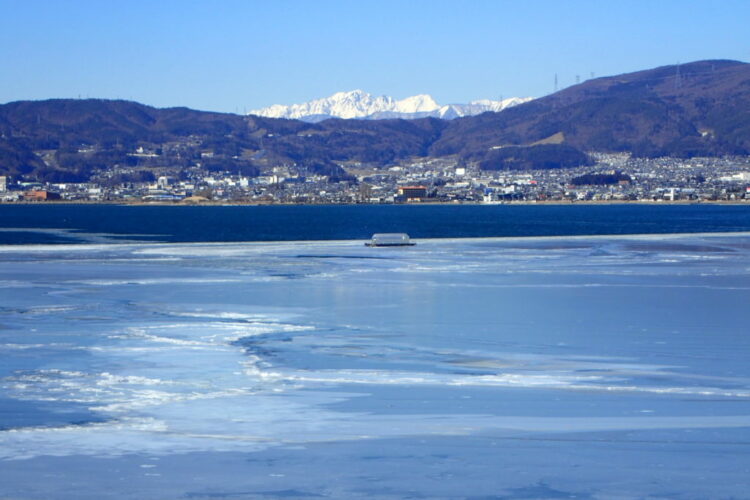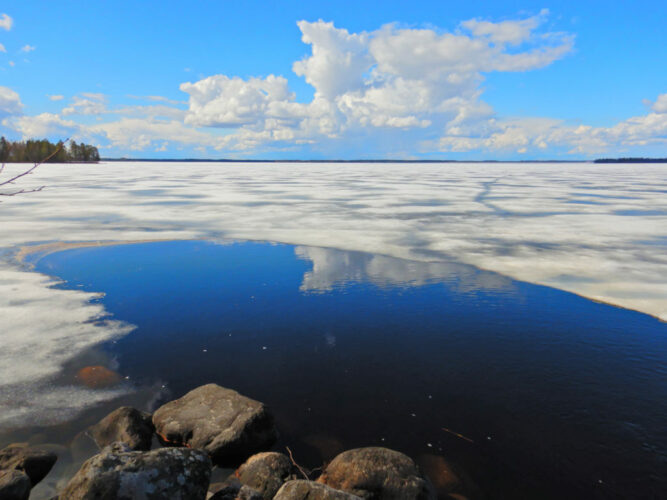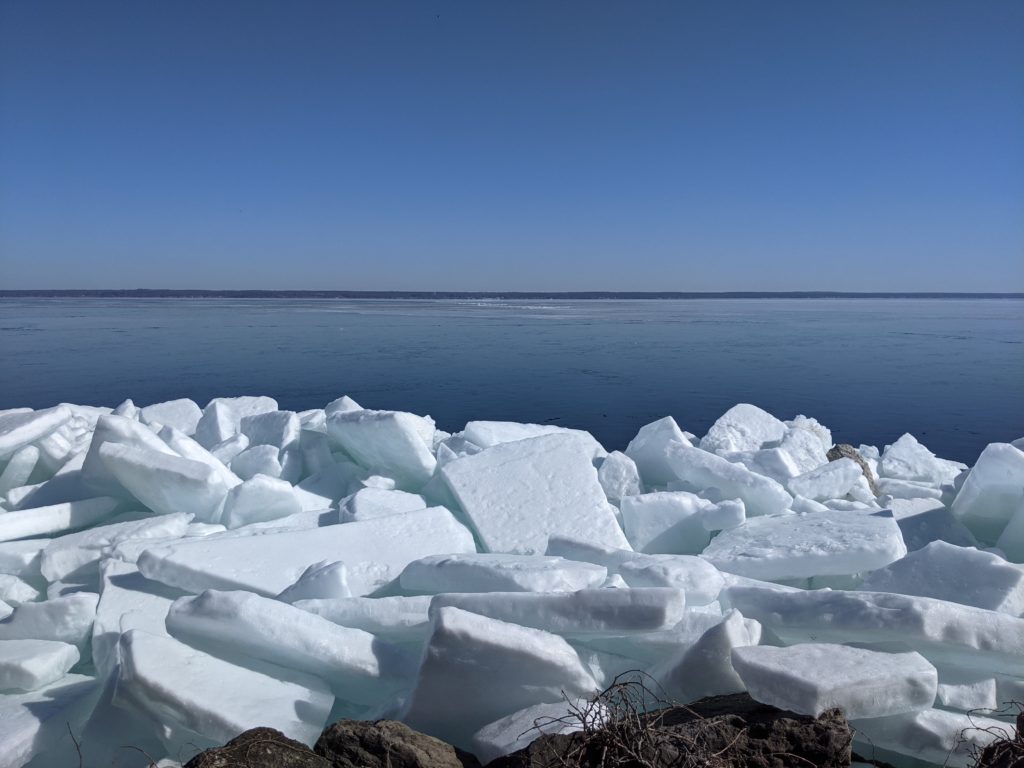Lakes in the Northern Hemisphere have warmed six times faster since 1992 than any other time period in the last 100 years, according to research led by York University.
Lake Superior is one of the fastest warming lakes. It has lost more than two months of ice cover since ice conditions started being recorded in 1857. In Lake Suwa, in Japan, ice formed close to 26 days later per century since 1897 and is now only freezing twice every decade. Grand Traverse Bay in Lake Michigan had one of the fastest ice-off trends, melting about 16 days earlier per century.
“We found that lakes are losing on average 17 days of ice cover per century,” said Sapna Sharma, associate professor in the Faculty of Science at York University. “Alarmingly, what we found is that warming in the past 25 years, from 1992 to 2016, was six times faster than any other period in the last 100 years.”
Sharma led the study with Professor David Richardson of the State University of New York at New Paltz and Climate Scientist Iestyn Woolway of the European Space Agency Climate Office in the United Kingdom.
The researchers re-assessed ice trends of 60 lakes for the first time since 2004. They studied ice phenology records ranging from 107 to 204 years old. “Many of our lakes may be approaching a tipping point to ice-free conditions, which will have vast cultural and ecological implications,” said Sharma.
On average, these lakes were freezing 11 days later and thawing 6.8 days earlier. Extremely warm winters over the last several decades have contributed to the increasing rate of ice loss, especially in larger lakes and in southern and coastal regions.

“In addition, we found that the duration of winter ice cover has decreased, particularly since 1995, to the point where some lakes are beginning to have more winters with minimal or even no ice cover,” said Richardson. “For example, some deep lakes in Switzerland and Germany, which historically used to freeze each winter, have permanently lost their ice cover in the past few decades.”
Of the lakes studied, 40 are in North America. They include Lakes Michigan and Superior, Detroit Lake in Minnesota, Lakes Monona and Mendota in Wisconsin, and Cazenovia and Oneida lakes in New York. Several lakes in Ontario—Lake Simcoe, Lake Nipissing and Lake of Bays—are also included.
“The findings were in line with our expectations as air temperature has increased over recent decades,” said Woolway. “Air temperature is one of the most important climatic drivers of lake ice dynamics, owing to its additive effects on various components of the lake energy budget.”

Lake ice phenology is considered an important sentinel of climate change. A reduction in greenhouse gas emissions is necessary if increases in air temperature and decreases in lake ice cover are to be mitigated. The researchers said this would also help limit ecological, cultural, and socioeconomic consequences, including increased evaporation rates, warmer water temperatures, degraded water quality, and the formation of toxic algal blooms.
Records have been kept for several decades to centuries detailing lake ice-on and ice-off times because of its importance to refrigeration, transportation, recreation and cultural traditions, as well as economic impacts.
The paper, Loss of Ice Cover, Shifting Phenology, and More Extreme Events in Northern Hemisphere Lakes, was published in the October issue of the Journal of Geophysical Research: Biogeosciences.
Header Image Credit: Professor Lars Rudstam (Cornell University).









